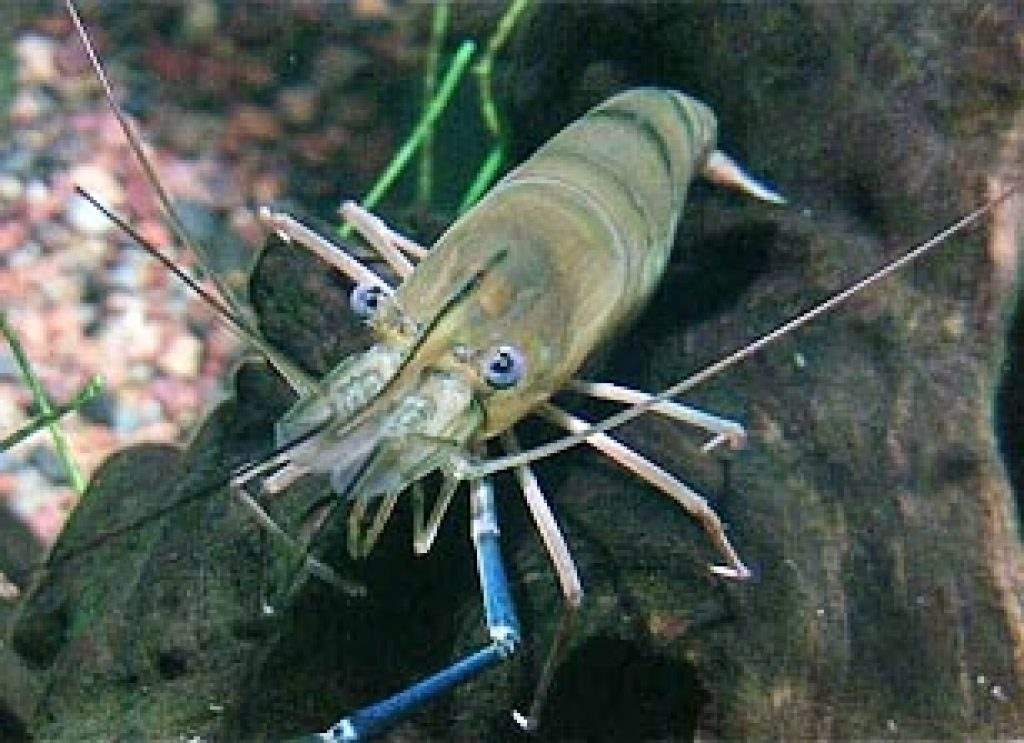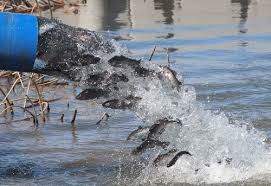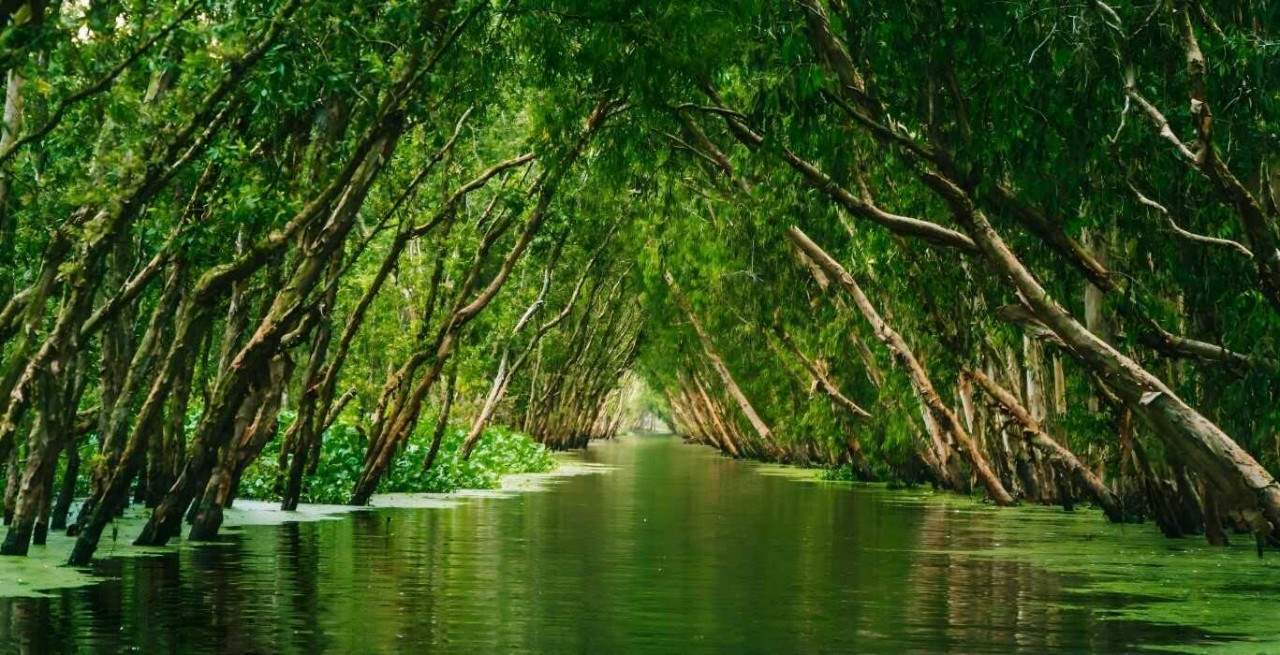Upscaling potential
To understand the upscaling potential, the suitability of the area for this NbS has been mapped. In this case, the suitability mapping has been carried out for 4 groups of typologies, which each have similar flooding requirements:

Prawn (Giant freshwater prawn)
-
-
(i) winter-spring rice, (ii) Prawn (Giant freshwater prawn)
-
(i) upland crop, (ii) floating rice & Prawn (Giant freshwater prawn)
-
(i) winter-spring rice, (ii) summer-autumn rice, (iii) Prawn (Giant freshwater prawn)
-

Fish stocking
-
-
(i) upland crop, (ii) floating rice & fish
-
(i) winter-spring rice, (ii) upland crop, (iii) fish
-
(i) winter-spring rice, (ii) summer-autumn rice, (iii) fish
-

Lotus
-
-
(i) winter-spring rice, (ii) lotus
-
(i) lotus (& fish)
-

Forest
-
-
(i) melaleuca timber plantations
-
Flood-based agriculture has a large technical potential for upscaling in Vietnam and Cambodia. The figure below shows the suitable area in km2 per major flood-based agriculture type.


In Vietnam, the potential lies in farming cycles that include inundation-tolerant cash crops like lotus and freshwater aquaculture, such as prawn (giant freshwater prawn) and fish stocks.
In Cambodia there is also a potential for farming cycles that include inundation-tolerant cash crops or freshwater aquaculture. While the Melaleuca Forest offers the most technical potential for upscaling, other flood-based agricultural practices are economically more viable. Consequently, the overall scalability potential of the Melaleuca Forest is considered moderate.